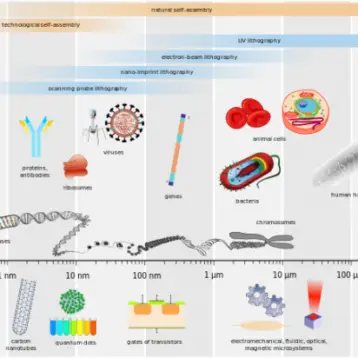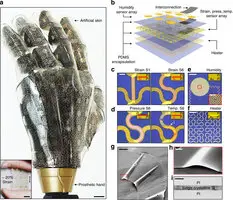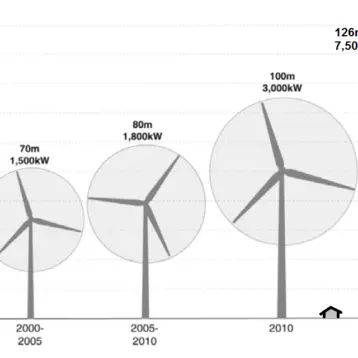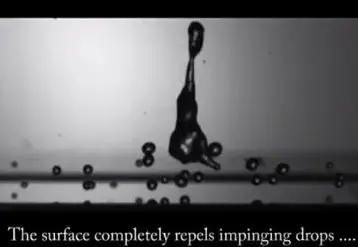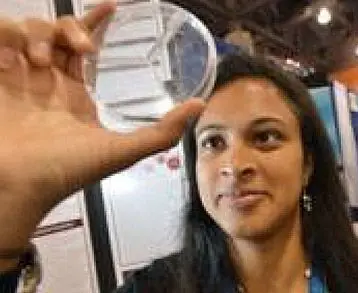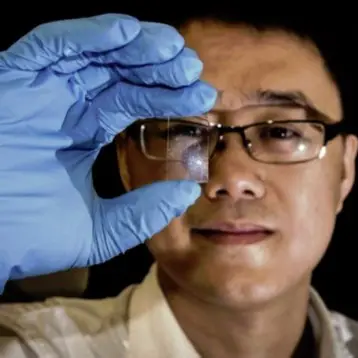Although researchers had been aware that carbon nanotubes are particularly useful for catalysis, they were unable to determine how the properties of the carbon nanotubes affected the production process. This new method of single-walled carbon nanotube assembly proved that the properties of the carbon nanotubes themselves are useful for catalysis. The researchers used electrodeposition to quickly and easily apply specific metal coatings to the ready formed single walled carbon nanotube microelectrode networks, an addition that has the potential to significantly benefit fuel cell technology.
|
This breakthrough was achieved by using chemical vapor deposition and lithography to create disc shaped single-walled carbon nanotube based microelectrodes. On a flat surface they deposit themselves in a random but relatively even manner, overlapping sufficiently to create a single complete metallic micro-circuit across the disc, while taking up less than one percent of the disc’s surface area. The small surface area of the disc’s conducting part helps effectively screen out background “noise”. The microelectrodes cope better with low signal-to-noise ratios, as they are up to 1,000 times more sensitive than conventional ultramicroelectrode sensors. They also produce very fast response times, ten times faster than conventional ultramicroelectrodes.
Being carbon based, these ultramicroelectrodes open a new range of possibilities for use in living systems. Carbon’s biocompatibility is a great advantage over the obvious problems caused by platinum and other metal based probes. The researchers at the University of Warwick are already exploring how their single walled carbon nanotube based ultramicroelectrodes can be further used to measure levels of neurotransmitters.
TFOT recently covered high speed carbon nanotube based chips, developed by scientists at Stanford University in collaboration with Toshiba, the longest nanotube created, and the recently developed super carbon nanotubes.
More information on this new nanotube production method can be found on the University of Warwick’s website.



